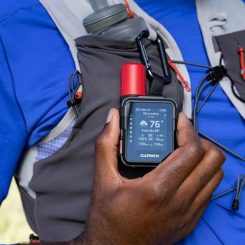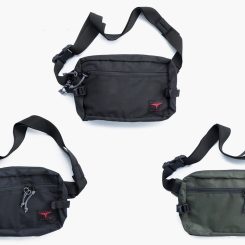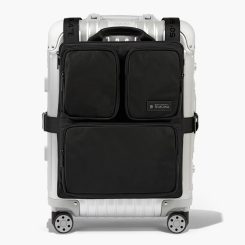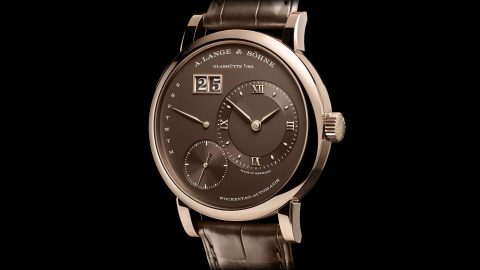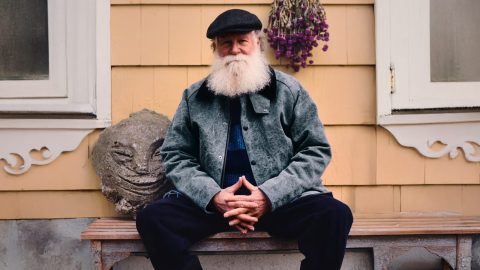Africa is a story of contrasts, a continent filled with fascinating, often underappreciated destinations, many of which get a bad rep due to past conflicts or outsiders’ lack of knowledge. Sure, turmoil exists, but there are also spots like Dakar, where locals are as hospitable as they come and tourism is a chance to explore a corner of the world that practically vibrates with life. Though Dakar has the aura of a laidback beach town thanks to its perch on the western coast of Africa, it’s also a bustling capital city with a largely Muslim population, adding to the diversity and appeal.
From its time as a French port to its present-day role as a major industrial and service hub, Dakar is a historical, spirited place that more than deserves 48 hours of your time.
Book a Room
Take full advantage of Dakar’s beachfront setting at La Maison Abaka. The guesthouse’s 10 rooms feature boldly colored walls and furnishings (the latter designed by the owners) for a warm tropical vibe echoed by the mosaic-tiled decking by the outdoor swimming pool and hot tub
For luxury and a slew of high-quality amenities, there’s Terrou-Bi, which combines panoramic ocean views with the buzz of a casino and four delectable food and beverage options. The Pullman Dakar Teranga Hotel is five-star all the way thanks to newly renovated rooms equipped with high-speed WiFi (a rarity in the area) and balconies, plus it’s conveniently located in the business district with easy access to the nearby Gorée island ferry dock.
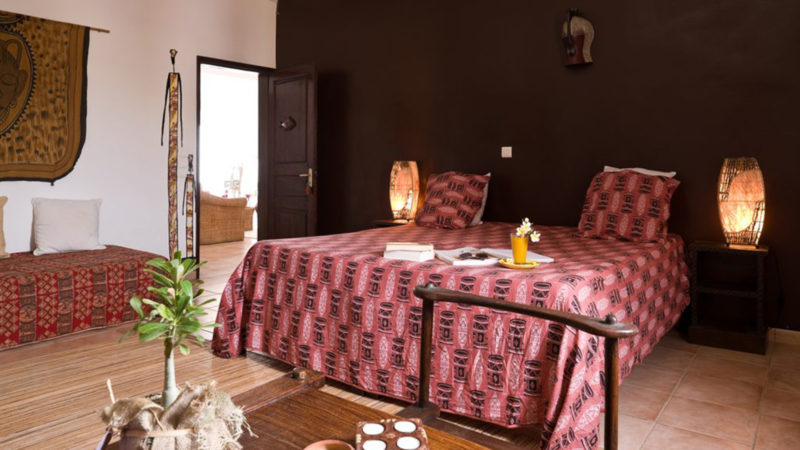

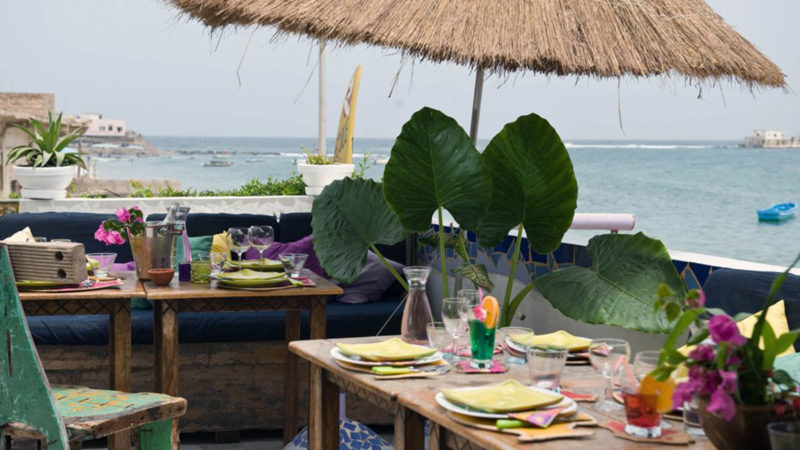
La Maison Abaka
Dine & Drink
The French influence in Dakar is especially evident at breakfast. Grab an iced coffee and tarte au citron meringue at Melo Patisserie, a cute café that also has a pastry stall at the farmer’s market. Many hotels also have their own breakfast spreads for guests stocked with croissants and fresh fruit, but La Demeure ups the ante with a bounty of goodies starring homemade crepes.
The atmosphere is just as good as the local flavor at Le Djembé (56 Rue St Michel). Whet your plate with bissap juice, a hibiscus-based beverage, then enjoy dishes like thieboudienne, a local delicacy of fish, rice, and tomato sauce, in a casual, welcoming atmosphere. Le Seoul II, so named because it opened during the 1988 Seoul Olympics, might qualify as a hole in the wall if it wasn’t an open-air concept, but the alfresco dining suits the wood-fire barbecue on the menu and soccer matches on the TV.
Dakar has no minimum drinking age and bars often stay around the clock with guests dancing until the wee hours. Bayékou takes advantage with live music and cushy seating that serve as Dakar’s answer to the Vegas ultra-lounge, while mainstay Duplex is all about the DJs.
See the Sights
Hop on a ferry to Gorée Island, a UNESCO World Heritage Site that for 400 years served as a key outpost during the slave trade. Today, it’s serves as a memorial to a sad, ugly past, with museums like the Maison des Esclaves (“House of Slaves”) standing tribute and sharing the stories of those most closely involved.
The Theodore Monod African Art Museum, previously known as the IFAN Museum of African Arts, is one of the oldest institutions of its kind. The walls and display cases are filled with West African art including masks, weaponry, musical instruments, and clothing.
Then of course there are Dakar’s many beaches. Surfing is a popular pastime here, and there are some 15 different spots that offer a chance for everyone from beginners to experience athletes a chance to catch a wave. For a more relaxing time, there’s nearby Lake Retba; it’s worth the short drive to this pink lake that boasts so much salt (hence the coloring) that swimmers bob along like corks.
Stop & Shop
Marché Sandaga is the market that never ends, with an abundance of hawkers who (sometimes quite aggressively) call to shoppers in an effort to unload beaded jewelry, paintings, and carvings, among other goodies.
Soumbedioune is another outdoor market, this one replete with paintings, batik prints, wooden masks and other items that would make perfect souvenirs, but it’s also an experience to behold thanks to seafood stalls. Every day around 5pm, hundreds of fisherman paddle their canoes to shore where they offload and sell their catch to restaurants and on-site cooks grilling fish to order for hungry shoppers.
What to Know Before You Go
- The Best Way to Travel: Dakar is serviced by Blaise Diagne International Airport, but you’ll need to hop in a bus or taxi for the roughly 30-mile ride to city center
- When to Go: Dry season is from November to May; visit during the rainy season and you may be trapped by deluges and flooded roads
- Local Currency: West African CFA Franc
- Native Language: French (plus some English and local languages such as Wolof, Serer, and Pular)
- How to Get Around: The bus system is fairly reliable and only costs about 50 cents a ride, but it can get crowded during peak times; hotels often connect guests to private drivers-for-hire and taxis are available as well but be careful about the haphazard car rapides minibuses — they’re not regulated and can be confusing
- Plan To: Take antimalarials before you go — better safe than sorry!
- Here’s a Hint: Wear a money belt and keep valuable tucked away. Pickpockets run rampant in Dakar, and the best way avoid them is to avoid making an easy target.









